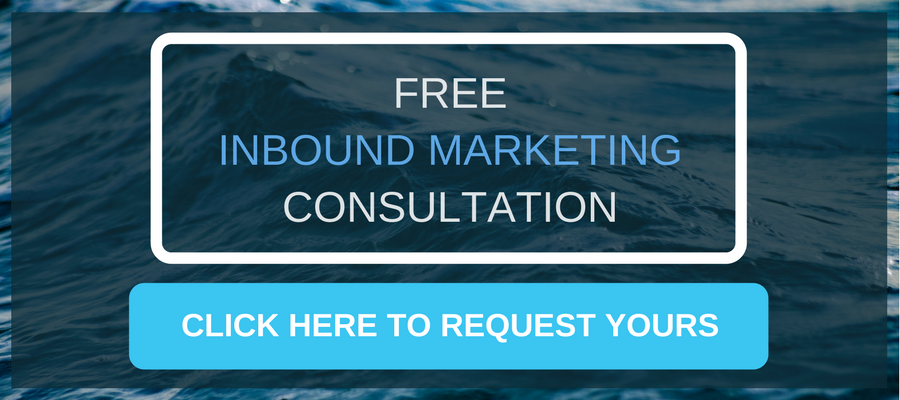
It’s not a secret that consumers have become spoiled in the age of information. With their phone in hand, they have unlimited research power to learn about brands at their own pace and make far more informed decisions than they were able to in the past. This is a benefit and a curse. The key to using this to your advantage is to recognize that we’re all fighting for one thing as a business in this age… attention.
Attention is the currency of the internet today –– Why?
Think about it from a consumer’s standpoint when they’re looking for a new product or service. Close to 85% of all shoppers pull out their smartphones, perform a search, and compares pricing and reviews before reaching out to a specific company. At a minimum it’s a quick search of your website to decide if you’re the type of business they would appreciate.
Meanwhile, your sales force is likely focused on old-school methodologies revolving around building relationships and providing great customer service. And while these things are essential for any business, they are no longer the standard entry point in your sales process. Because even when you get the perfect marketing in front of an ideal customer, they’re likely to perform additional self-research before responding to your call of action.
READ MORE: Why We Started Offering Sales Enablement Services
Here are a few ways to identify these types of issues and gain the attention of the informed consumer.
Strengthen Your Online Information Across All Channels
A great place to start is your website’s analytics. Be sure to check out where visitors enter your website (homepage, about us, a blog page, etc.), what pages they visit and where they ultimately leave. Then, try to envision the consumer’s thought process as they navigate from one page to another...what problems do they seem most focused on solving?
If you can figure out that equation, then you’ll be several steps closer to understanding where your content needs to be improved in order to increase contacts and conversion rates. Also remember to take nothing for granted- what may seem like common knowledge to you could be completely foreign to consumers. If you’re not sure what’s on your customer’s minds, then consider conducting a focus group or hire a UX designer to make more sense of feedback.
Real Time Live Help
Provide customers an option to receive immediate assistance. Younger generations are much less likely to pick up a phone and call when they have a question, but these same customers will opt for a quick online chat through an app, video conference or a messaging board. It’s essential for you to provide one or more of these communication channels to reach the largest potential audience.
These options should also be prominent on your website and always one click away for the user. However, don’t make the mistake of promising live help if it’s not actually going to be available. That’s a sure-fire way to ensure that your customers will end up going to a competitor’s domain. This also applies to phone calls and email...which we will discuss more in the next section.
Fine Tune Your Lead Generation Process
Whenever you create website or marketing content, you probably provide a strong call to action somewhere within the page. But are you including the appropriate action for that moment in the customer’s buying journey? It’s worth thinking about since the generic “Sign Up Now” or “Call Us Today!” does not always meet the marketing..
For instance, some business websites have pop-ups that appear after 3-5 seconds to encourage the user to enter their email address for some type of feature (a free ebook, opt into blogs, etc.). Not only are these extremely annoying when introduced too soon, but it may also actually cost you opportunities. After all, what if your website’s visitor is ready to buy, looking for a contact form and then submits their email via the popup?
They just went from a guaranteed customer to being buried in your autoresponder email series, which may not ever get viewed by human eyes. All because the lead generation process wasn’t fully thought out.
In short, there are many ways to fine tune how you’re gaining the attention of your potential buyers. Each of them revolves around understand your customer’s needs, studying how they navigate through buying experiences and what encourages them to convert. If you’re not completely sure what the answers are, then your best bet is to ask consumers directly through feedback forms and chats; they will gladly steer you in the right direction.
If you need more help, give us a shout. We’re always here to help.


 BACK TO ARTICLES
BACK TO ARTICLES 



